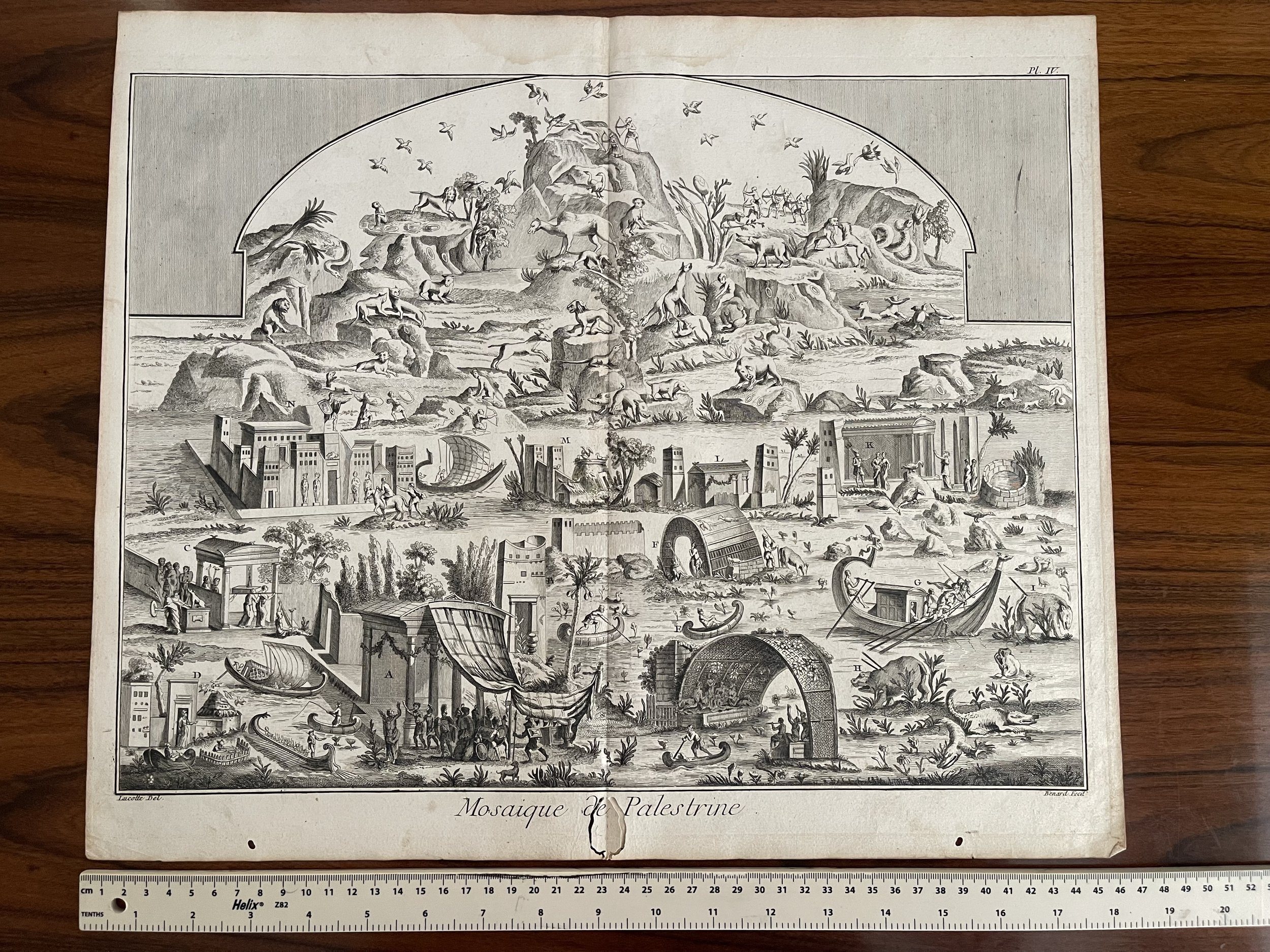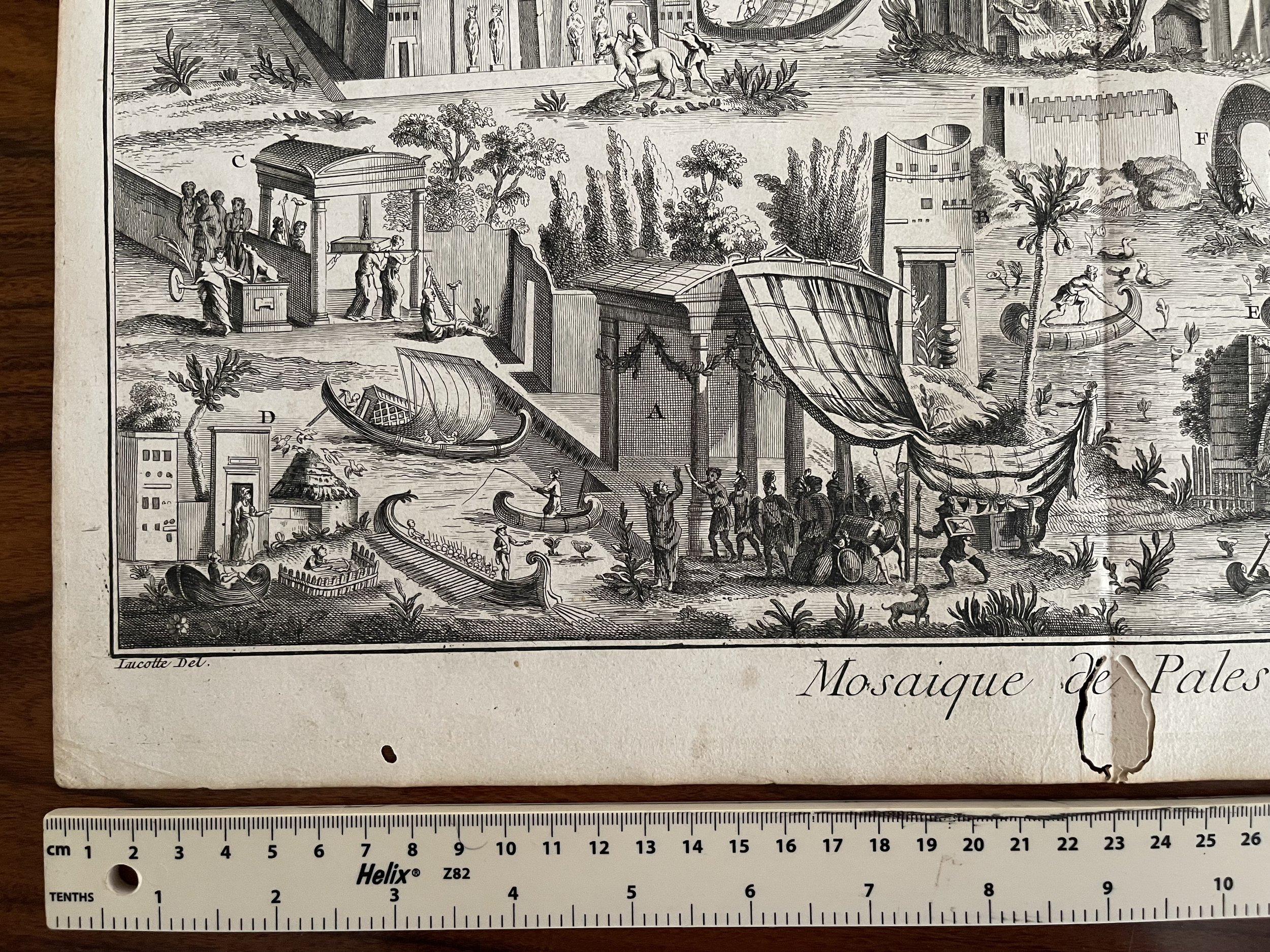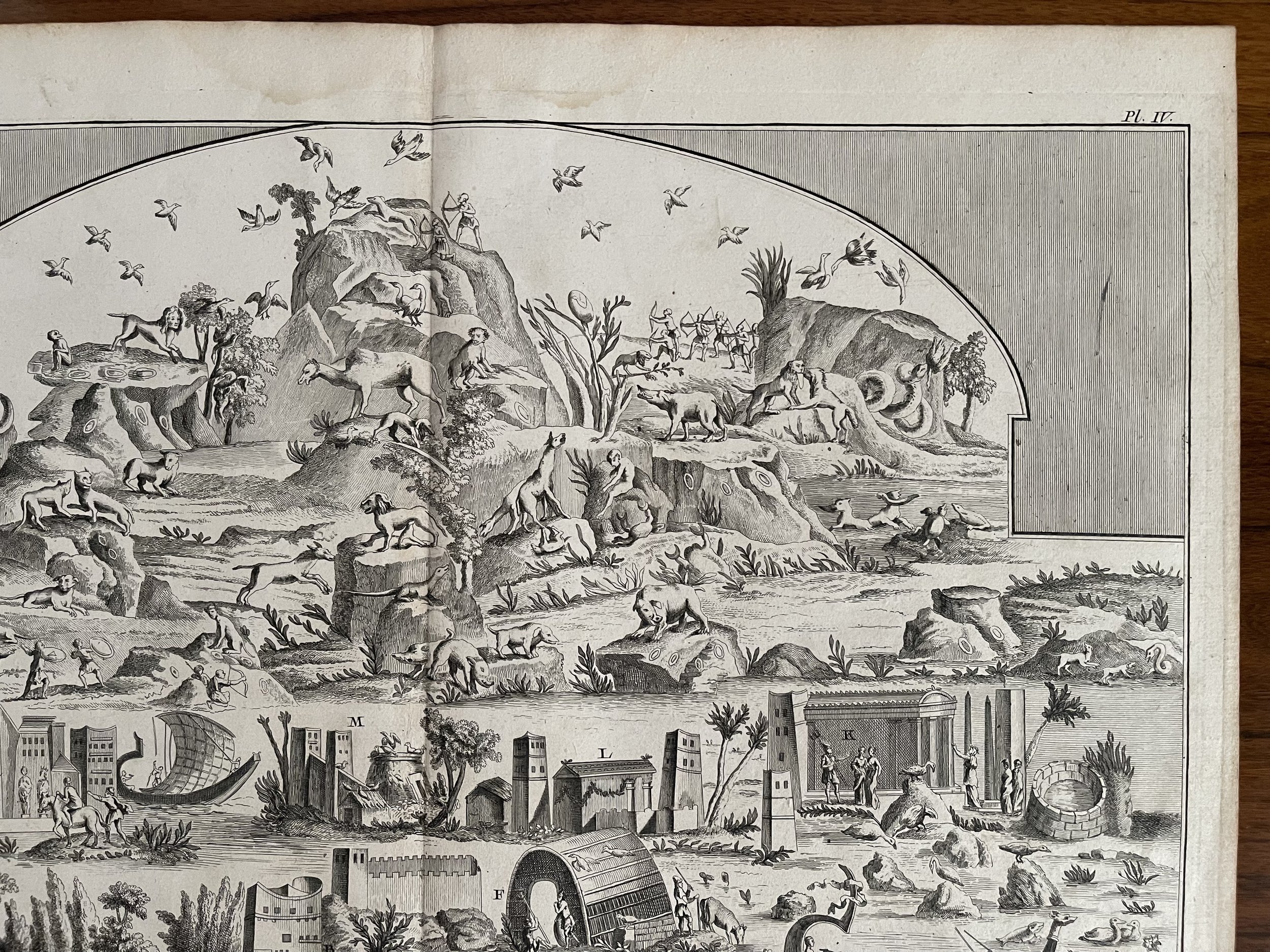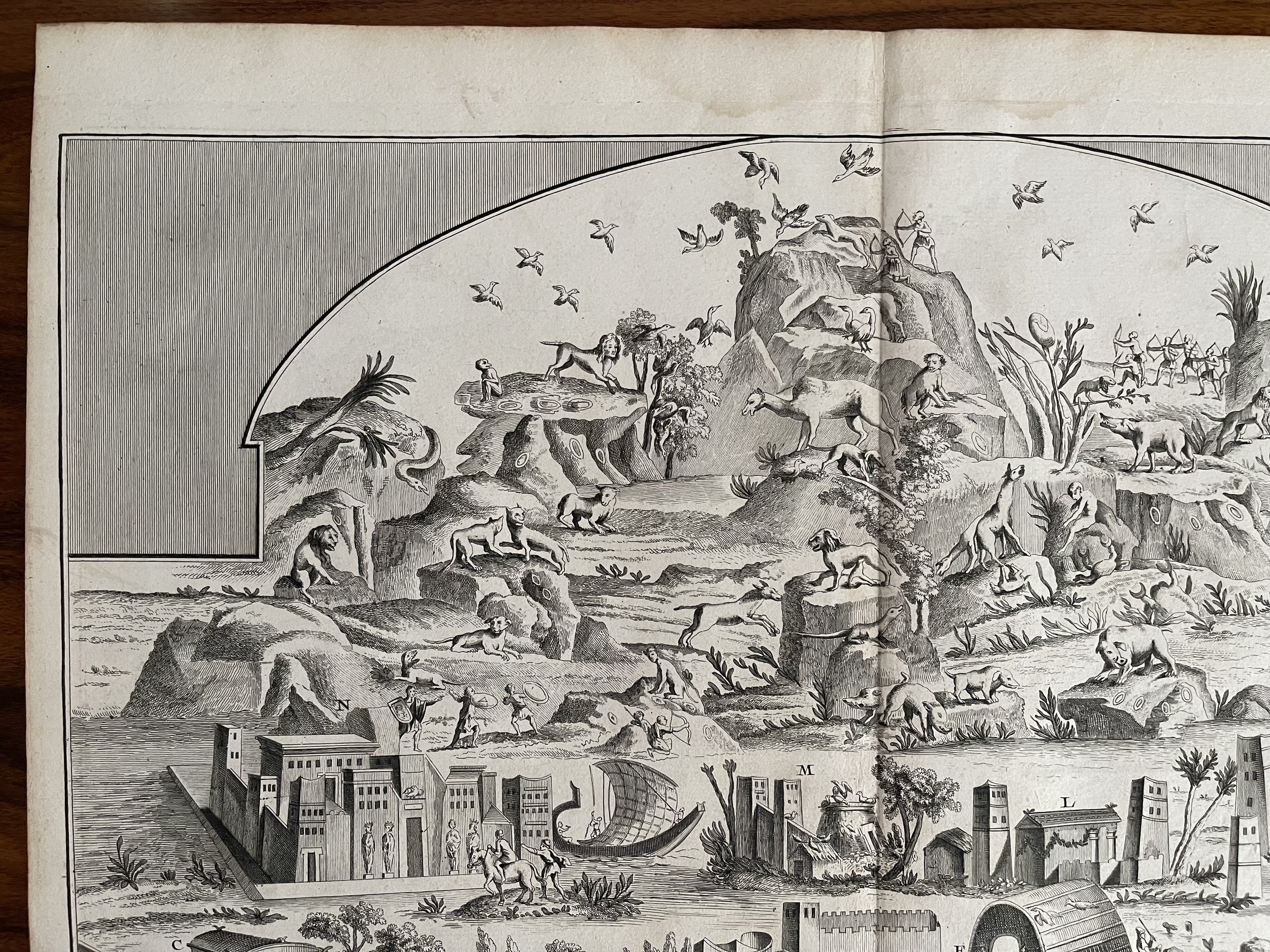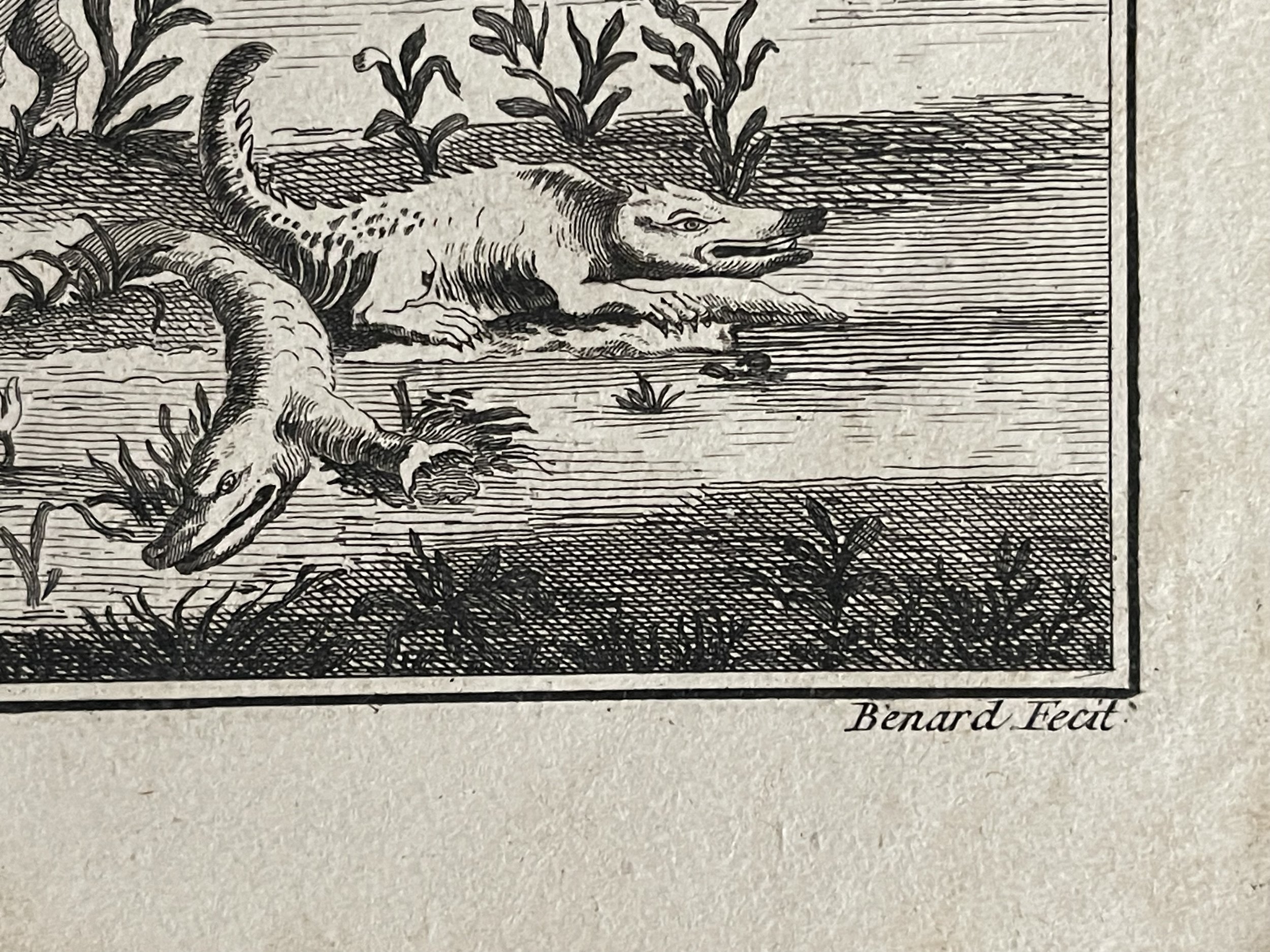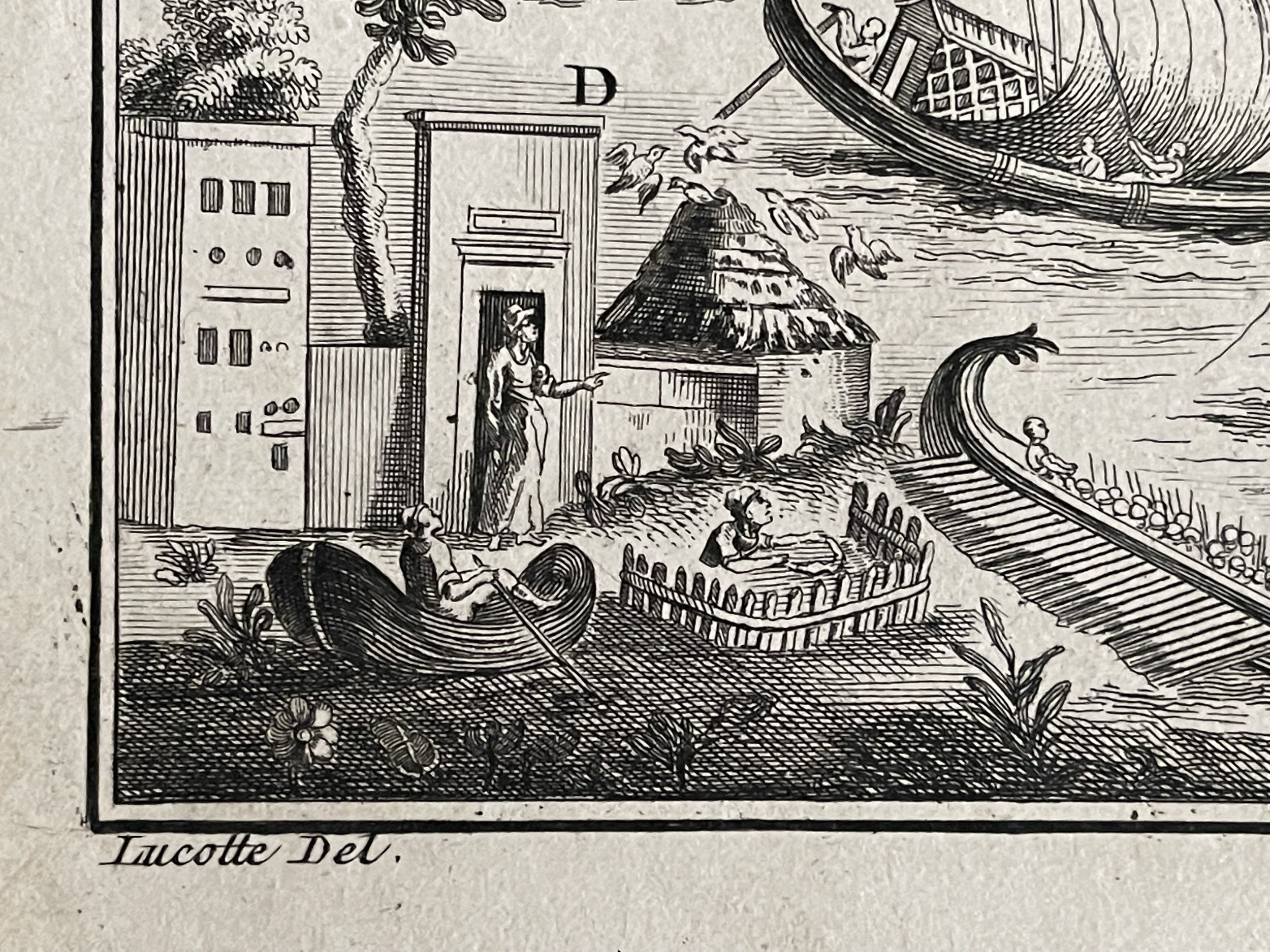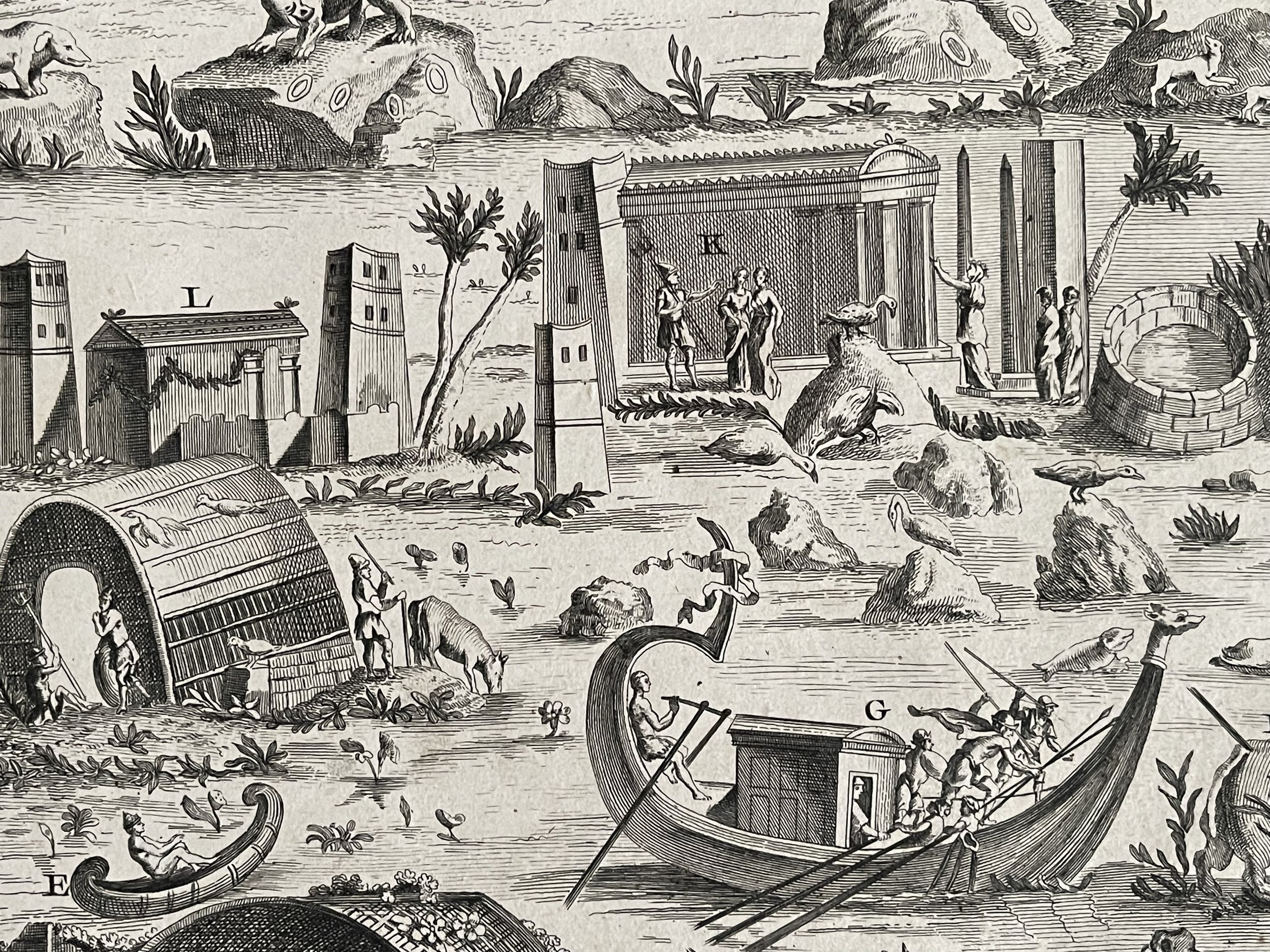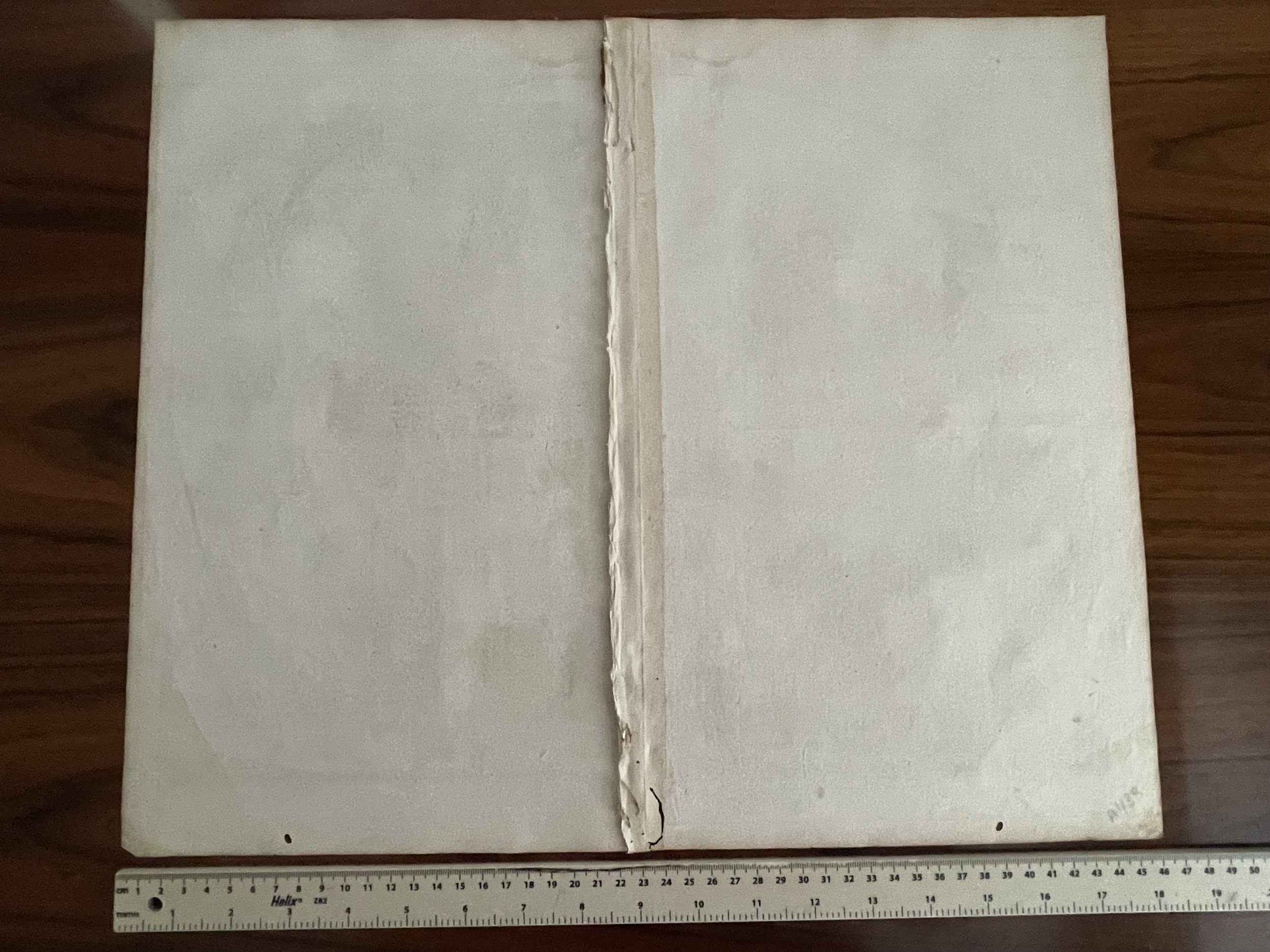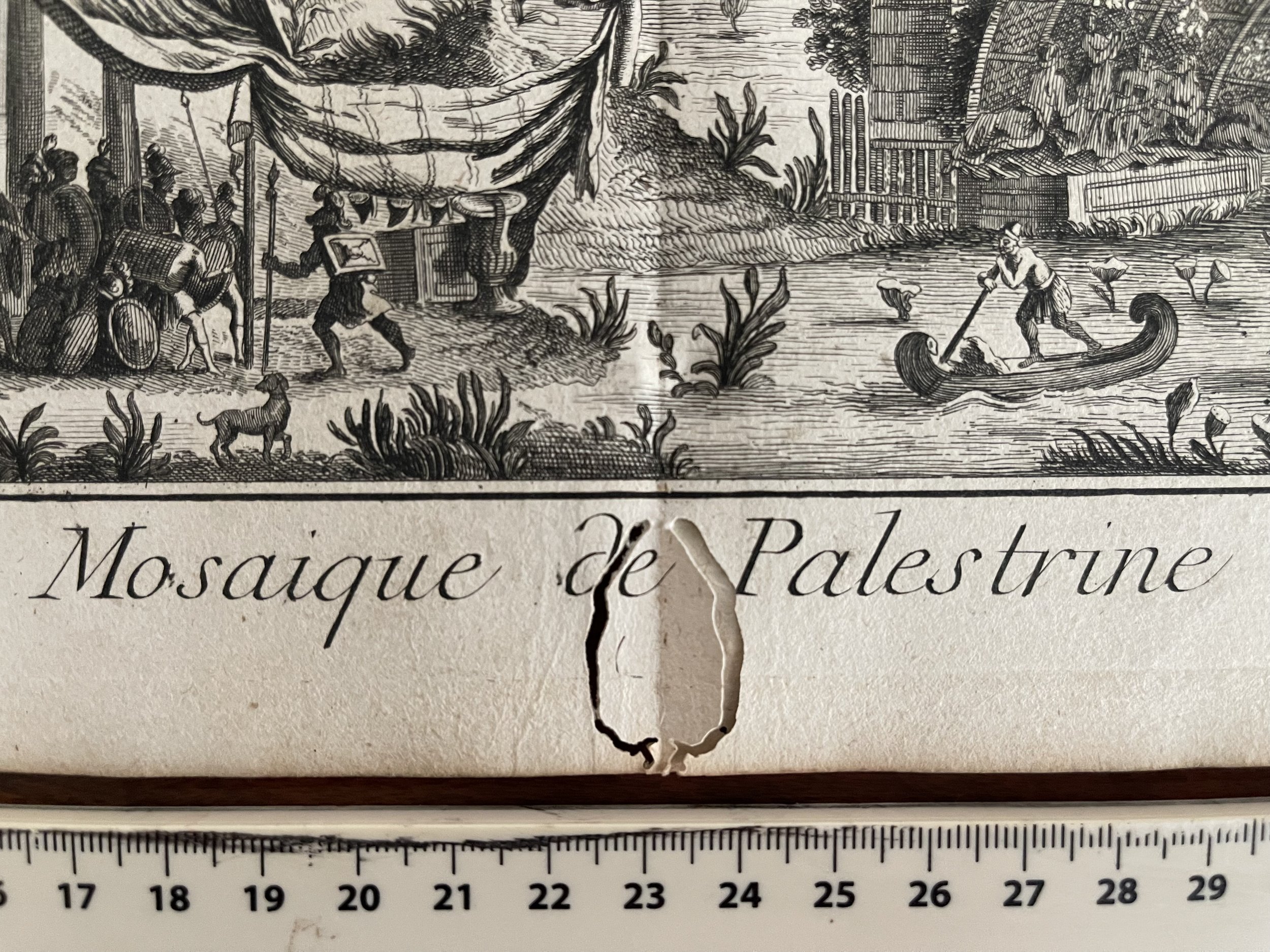Code : A438
Cartographer : Cartographer / Engraver / Publisher: Dennis Diderot / Jaques Renaud Benard
Date : Publication Place / Date - Paris 1781
Size : Sheet size: 46.5 x 38.5 cm
Availability : Available
Type - Genuine Antique
Grading - B
Tracked postage, in tubular casement. Please contact me for postal quotation outside of the UK.
